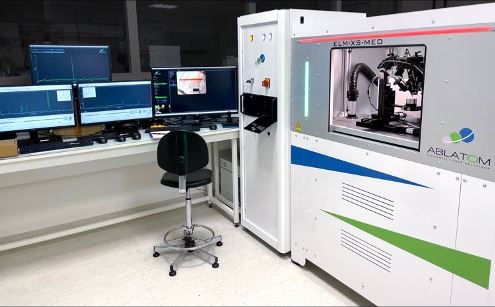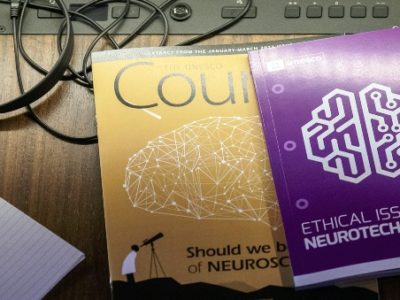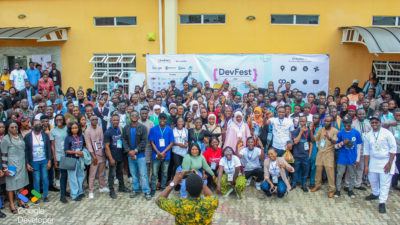ABLATOM and its long-standing partner, ILM, pioneered the latest advances in LIBS elemental analysis and imaging. They are now addressing a critical public health need by redefining the detection and observation capabilities for toxic mineral and metal elements in human tissue.
RELATED: Revolutionizing hospitality technology: Impact of digital onboarding for competitive advantage
Purchased by the Université Grenoble Alpes through a public tender and hosted at CHU Grenoble Alpes, this LIBS microscope opens new perspectives for biomedical research by directly analyzing the elemental composition of biological tissues from animals or humans. This cutting-edge instrument will be at the forefront of numerous research projects in pulmonology, dermatology, and oncology, as well as in the development of medical nanoparticles for preclinical laboratory or regulatory studies.
Ultimately, it is expected to facilitate faster, more accurate, and comprehensive diagnostics while improving patient care for those exposed to environmental risks.
This innovative project was spearheaded by Prof. Benoit Busser, Professor at Université Grenoble Alpes and CHU Grenoble Alpes, with Dr. Lucie Sancey, Research Director at CNRS at IBA Grenoble, and Dr. Vincent Motto-Ros, ILM Researcher, Associate Professor, and co-founder of ABLATOM,with support from Université Grenoble Alpes. It positions France as a leader in the medical application of LIBS spectroscopy technology. This synergy with startup ABLATOM exemplifies a successful alliance between academic research and industrial innovation.
How It Works
LIBS technology is a fully optical analytical technique that reveals the chemical composition of any state of matter (solid, liquid, gas) in just a few milliseconds. It works by focusing a very brief laser pulse to sample a fraction of material, leading to the formation of a plasma. Analyzing the optical emissions from this plasma allows for the detection, identification, mapping, and quantification of the chemical elements in the material. Its key competitive advantages are:
- Samples, excites and detects in a single process
- Reveals the chemical composition of matter almost instantaneously
- Detects both endogenous and exogenous elements, including light elements
- Large-area mapping on a cellular scale
For more information on LIBS technology, clik: https://www.ablatom.com/en/the-libs-technique/
For access to visuals, click here.






























